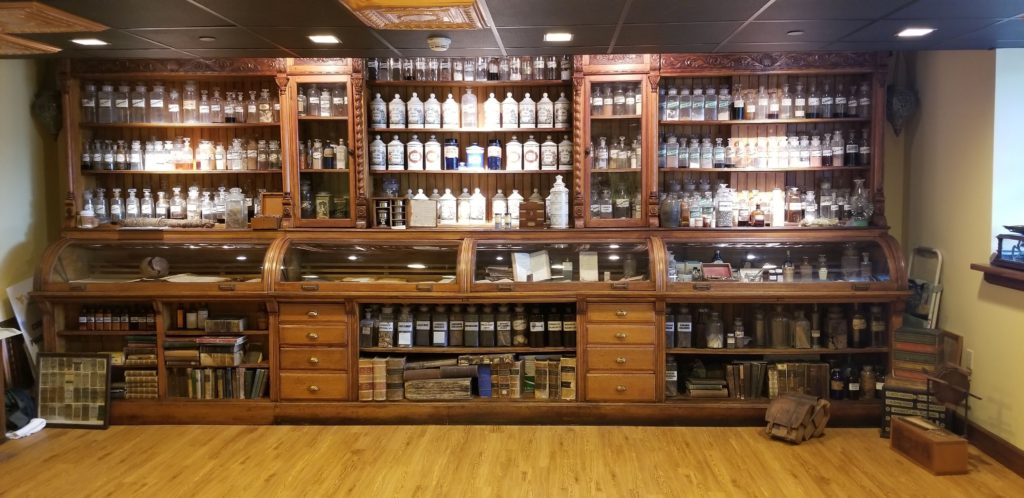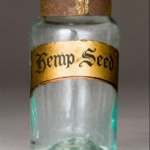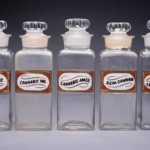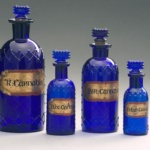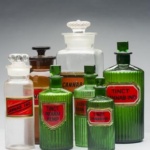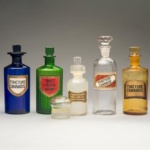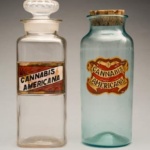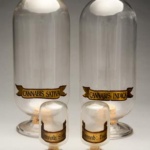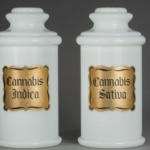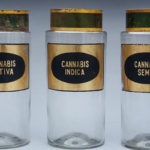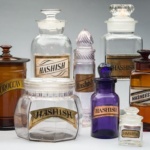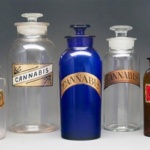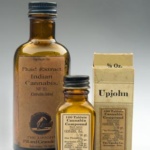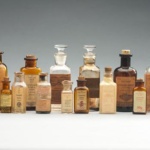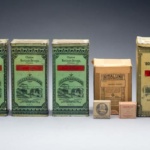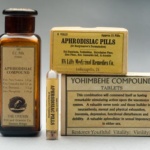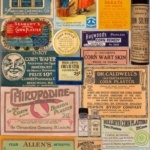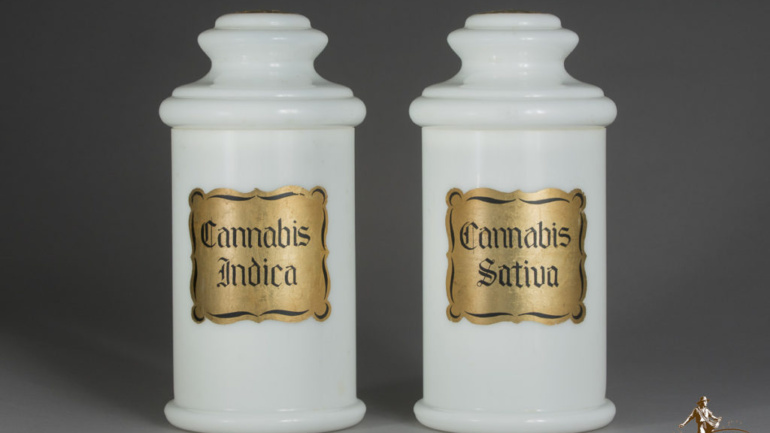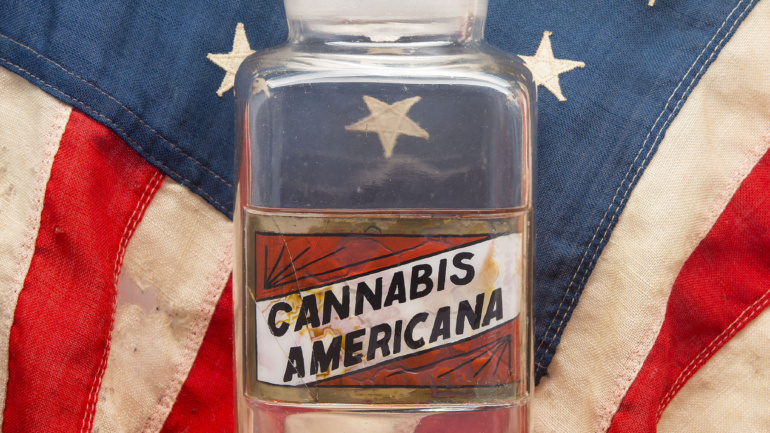Cannabis Becomes a Standardized Medicine
The U.S. Pure Food and Drug Act of 1906 imposed regulations.
requiring the labeling of contents in drug products. This was followed by the Sherley Act of 1912, which prohibited the labeling of medicines with false therapeutic claims intended to defraud the purchaser. As a result, health claims and the use of the word “cure” became prohibited. These legislative actions marked the beginning of a shift toward modern pharmaceutical regulations, ensuring that medicines were prescribed and dispensed with greater oversight.
Advancements in glassmaking allowed machine-molded bottles to proliferate, significantly transforming the apothecary into what we now recognize as the modern pharmacy. No longer were ingredients dispensed from delicate jars and formulated according to individual prescriptions. Instead, standardized formulas became the norm, branded and dispensed in pre-packaged bottles. The expansion of railroads and the introduction of the telegraph further enabled national distribution, giving rise to name-brand pharmaceuticals, mass advertising, and the dominance of large pharmaceutical companies.
During this period, cannabis remained an important medicinal product, even as the Roaring Twenties brought prosperity and further maturity to the pharmaceutical industry. Stable medical cannabis varieties had been bred, while improved processing and packaging enhanced quality and standardization. Many major pharmaceutical companies manufactured cannabis preparations, recognizing its therapeutic value.
Some of these notable cannabis-based pharmaceutical products included Cough Special for Children by The Warren-Teed Products Co., Columbus, OH; Fluid Extract Indian Cannabis (Cannabis Sativa) by John Wyeth & Bro., Philadelphia, PA; and Abbott’s Alkaloidal Granules, Indian Cannabis by The Abbott Alkaloidal Co., Chicago, IL. Other examples include Tincture Cannabis Indica by The Upjohn, Pill and Granule Co., Kalamazoo, MI; Cannabis Indica Extract by Parke-Davis & Co., Detroit, MI; and Tablet Triturates, B&T Quality Cannabis Indica by Boericke & Tafel, Philadelphia, PA.
Additional products included Fraser’s Tablets, 100 Cannabis Indica Extract by The Fraser Tablet Company, NY; Cannabis Extract, 100 Gelatin-Coated Pills by Shuemann-Jones Co., Cleveland, OH; Homoeopathic Dilution Cannabis Americana by Boericke & Tafel, Philadelphia, PA; and Extract Cannabis Indica, 100 Soluble Pills by Scheffelin & Co., New York, NY. Other pharmaceutical manufacturers such as Sharp & Dohme, Eli Lilly & Company, and Lloyd Brothers also produced cannabis-based medicinal products, aimed at addressing conditions such as nervous depression, melancholia, mental illusions, and forgetfulness.
This period in history reflects a unique era when cannabis was widely accepted as a pharmaceutical ingredient before shifting regulations and attitudes led to its eventual restriction.

